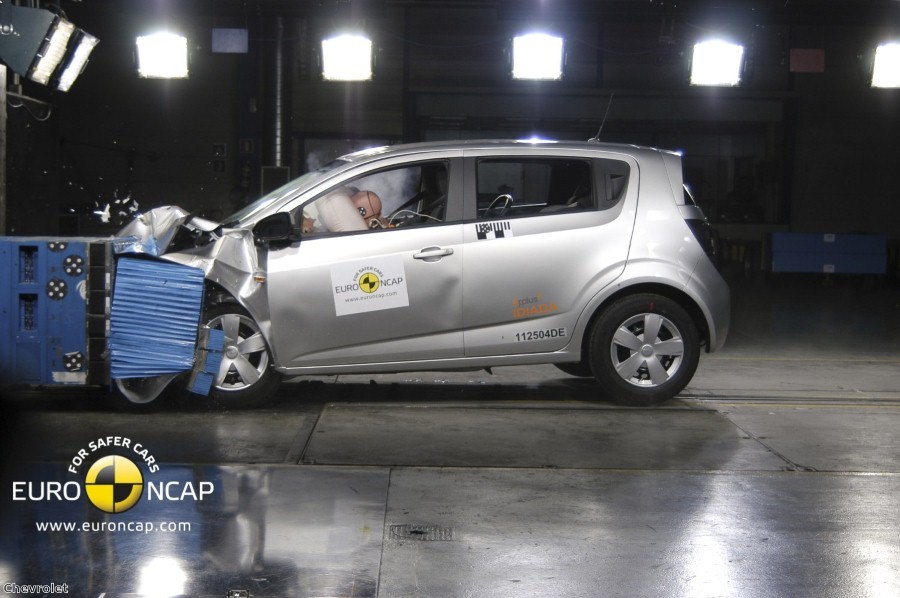The European New Car Assessment Programme (Euro NCAP) safety ratings provide a good way of assessing a car and could play a key role in your decision when you are purchasing a new vehicle.
Launched in 1997, the programme was a result of growing concerns over ongoing high rates of fatal and serious road traffic crash injuries. Although, the introduction of seatbelt laws in the 1980s had helped to reduce road deaths and the use of the airbag was becoming more commonplace in cars, many experts still expressed worries over car structures being unable to cope with the energy of crashes.
The first Euro NCAP tests were designed to look at how dangerous a car’s front would be to pedestrians and other road users. This was done via two tests – firstly, an offset test with a 40 per cent overlap against a deformable barrier at 40 mph and a second test in which the stationary car was hit on the driver’s door by an object travelling at 30 mph.
In order to provide information to manufacturers and potential buyers, two ratings were published using the results. The first rating, given out of four stars, was based on the safety provided to the occupants of the car during front and side collisions. While the pedestrian protection rating was also marked out of four stars and gave a picture of the potential impact on vulnerable road users.
Two ratings were published: A star rating (out of four) for occupant protection based on the results of the front and side impact tests, and a pedestrian protection rating also out of a maximum of four stars.
The very first test involved six superminis and the highest rated car was the Ford Fiesta with three stars. A few months later, the Volvo S40 was the first four star car.
Since then the tests have been revised significantly and now are marked out of five stars, with additional ratings created to take into account on the potential threat to children travelling in the car, as well as a ‘whiplash’ test.
This year has seen the introduction of new Euro NCAP tests that involve a whole vehicle crash test with a full frontal impact against a rigid barrier at 30 mph.
Every time a new model is launched in Europe it is given a Euro NCAP rating and this can provide a valuable way for you to assess the safety of various models, as well as comparing potential cars that fit your needs and budget.
